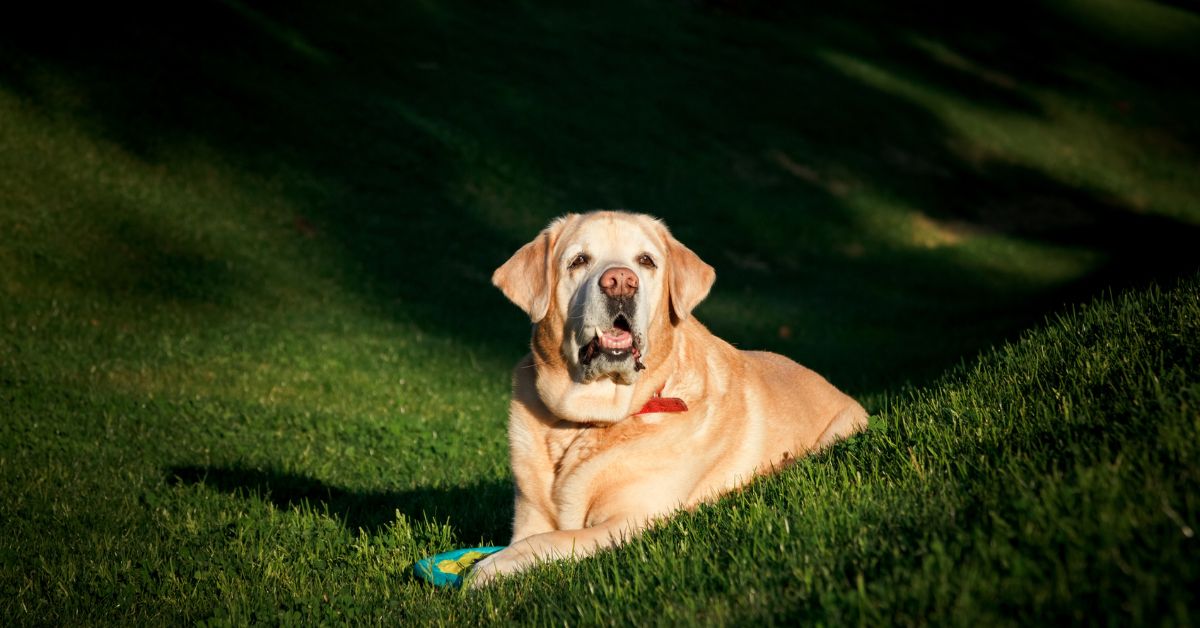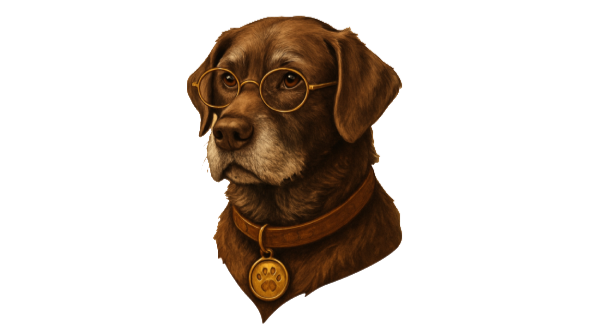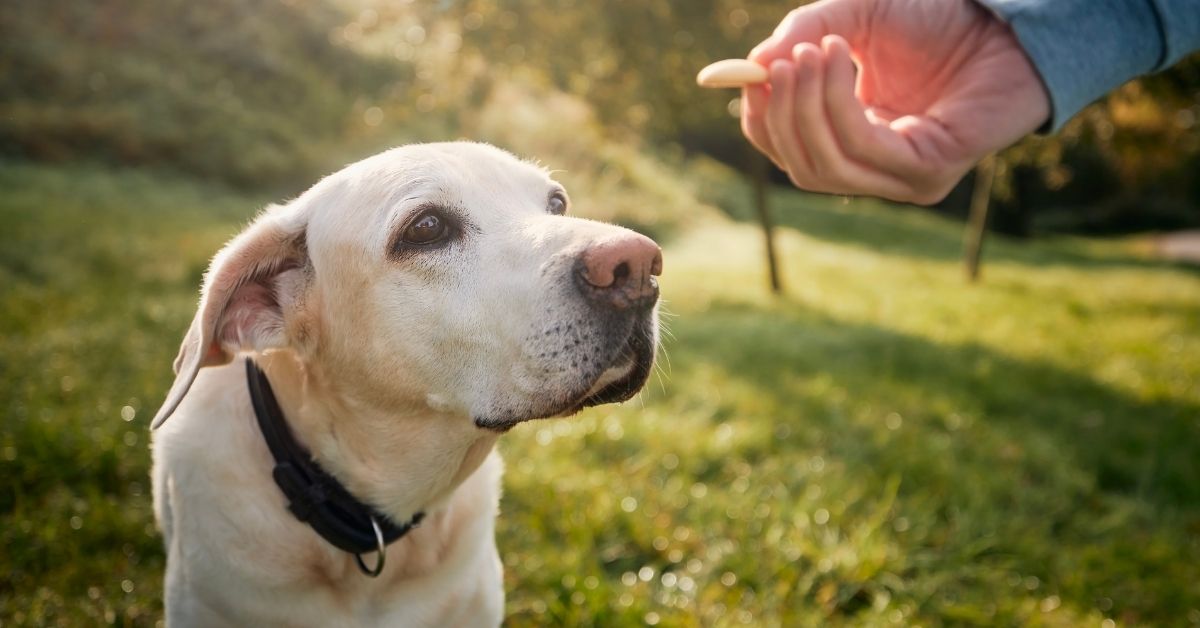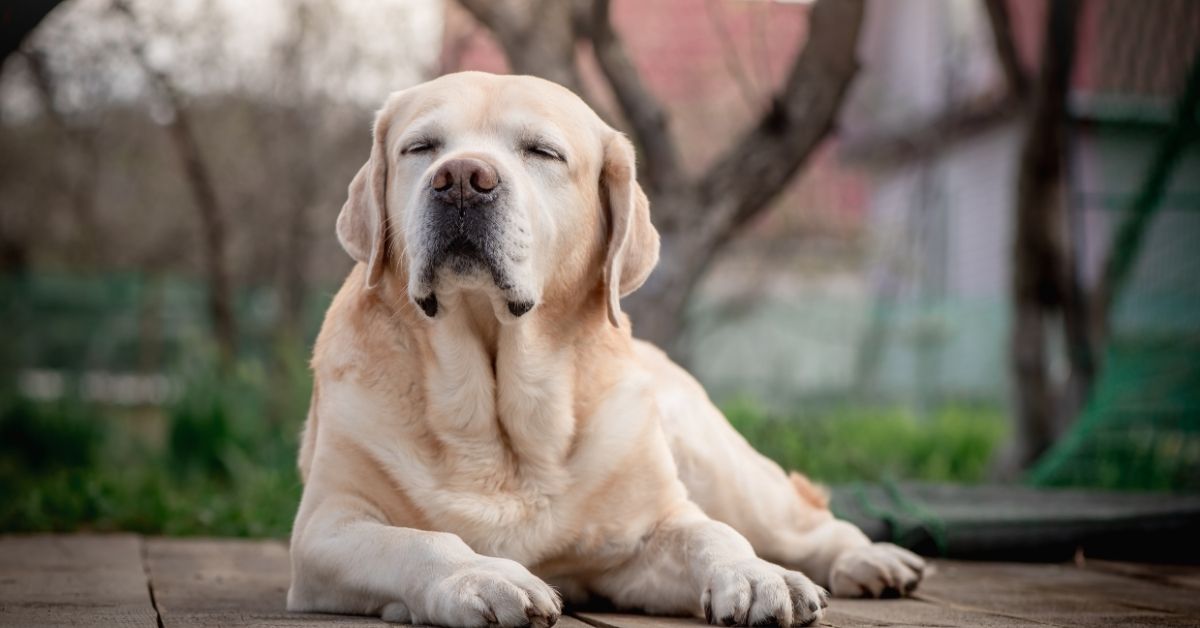
Health Signs in Your Labrador Retriever’s Coat
As a Labrador Retriever owner, you've likely spent countless hours admiring your dog's beautiful coat—whether it's the rich chocolate brown, classic yellow, or striking black that makes Labs so recognizable. But beyond its aesthetic appeal, your Labrador's coat serves as one of the most reliable indicators of their overall health and well-being.
Understanding how to assess your Lab's coat condition can help you identify potential health issues early, ensure proper nutrition, and maintain optimal care for your beloved companion. From the glossy shine of a healthy coat to the warning signs of underlying problems, let's explore what your Labrador's coat is really telling you about their health.
The Anatomy of a Healthy Labrador Retrievere Coat
Labrador Retrievers possess a distinctive double coat that has evolved to protect them in various weather conditions, particularly in water. This breed-specific coat structure consists of two layers that work together to provide insulation and protection.
Understanding the Double Coat System
The outer guard hairs are longer, coarser, and water-resistant, designed to repel moisture and debris. Beneath this protective layer lies the soft, dense undercoat that provides insulation and temperature regulation. This unique combination allows Labs to work in cold water and harsh conditions while maintaining their body temperature.
A healthy Labrador coat should exhibit several key characteristics:
- Natural shine and luster: The coat should have a healthy glow that reflects light naturally
- Smooth texture: While individual hairs may feel slightly coarse, the overall texture should be smooth to the touch
- Even distribution: Hair should be evenly distributed across the body without patchy or thin areas
- Appropriate density: The undercoat should be full and thick, especially during colder months
- Minimal odor: A clean, healthy coat should have little to no unpleasant smell
Nutritional Deficiencies Reflected in Coat Quality
Perhaps no factor affects a Labrador's coat quality more directly than nutrition. The saying "you are what you eat" applies strongly to our canine companions, and their coat often serves as the first visible indicator of nutritional status.
Essential Nutrients for Coat Health
Protein forms the foundation of healthy coat development. Since hair is primarily composed of protein, inadequate protein intake quickly manifests as dull, brittle, or thinning hair. High-quality animal proteins provide the essential amino acids necessary for strong, lustrous coat growth.
Omega-3 and Omega-6 fatty acids play crucial roles in maintaining coat shine and skin health. These essential fats support the skin barrier function and contribute to the natural oils that give a healthy coat its characteristic luster. Omega fatty acid supplementation can significantly improve coat quality in dogs with deficiencies.
Vitamins and minerals such as vitamin E, zinc, and biotin support hair follicle health and coat regeneration. Deficiencies in these micronutrients often result in coat changes before other symptoms become apparent.
Signs of Poor Nutrition in Your Lab's Coat
- Dull, lackluster appearance
- Excessive shedding outside of normal seasonal patterns
- Dry, brittle hair that breaks easily
- Patchy hair loss or thinning areas
- Slow hair regrowth after grooming or minor injuries
- Changes in coat color or texture
Skin Conditions and Their Coat Manifestations
The health of your Labrador's skin directly impacts their coat quality. Various skin conditions can alter coat appearance, texture, and growth patterns, making regular observation crucial for early detection and treatment.
Common Skin Issues in Labradors
Allergic dermatitis is particularly common in Labradors and can result from food sensitivities, environmental allergens, or contact irritants. This condition often causes intense itching, leading to scratching that damages the coat and creates patchy, inflamed areas.
Hot spots (acute moist dermatitis) can develop rapidly in Labs, especially during warm, humid weather. These painful, infected areas cause significant hair loss and require immediate veterinary attention to prevent spreading.
Seborrheic dermatitis affects the skin's oil production, leading to either excessively oily or dry skin conditions. Both variations impact coat quality, causing either greasy, malodorous hair or dry, flaky skin with brittle coat texture.
Parasitic Infestations
External parasites such as fleas, ticks, and mites can significantly impact coat health through direct damage and secondary bacterial infections. Flea infestations are particularly problematic for Labs, as their dense double coat provides ideal hiding places for these pests.
Mange mites can cause severe coat loss and skin irritation. Demodectic mange often affects young dogs or those with compromised immune systems, while sarcoptic mange is highly contagious and causes intense itching and hair loss.
Seasonal Changes and Normal Shedding Patterns
Understanding your Labrador's natural shedding cycle helps distinguish between normal coat changes and potential health concerns. Labs typically experience two major shedding seasons annually, corresponding to spring and fall transitions.
The Science of Seasonal Shedding
Photoperiod (daylight length) triggers hormonal changes that regulate your Lab's shedding cycle. As days lengthen in spring, Labs shed their heavy winter undercoat to prepare for warmer weather. Conversely, as daylight decreases in fall, they develop a thicker undercoat for winter protection.
During peak shedding periods, you may notice:
- Increased hair around your home
- More substantial hair removal during brushing
- Temporary changes in coat density
- Slight variations in coat texture as new hair grows in
When Shedding Becomes Concerning
While seasonal shedding is normal, excessive or unusual shedding patterns may indicate underlying health issues. Sudden onset of heavy shedding outside normal seasons, patchy hair loss, or shedding accompanied by skin irritation warrants veterinary evaluation.
Age-Related Coat Changes
As Labradors age, their coat undergoes natural changes that reflect their overall health status and aging process. Understanding these normal age-related changes helps owners distinguish between expected developments and concerning symptoms.
Senior Lab Coat Characteristics
Older Labradors often develop:
- Gray or white hairs: Particularly around the muzzle, face, and paws
- Slightly coarser texture: Individual hairs may become thicker and less flexible
- Reduced density: Overall hair density may decrease gradually
- Slower regrowth: Hair may take longer to regrow after shedding or grooming
- Less natural oil production: Resulting in a somewhat drier coat appearance
Supporting Senior Coat Health
Adjusting care routines for senior Labs can help maintain optimal coat condition. This may include specialized senior nutrition, increased omega fatty acid supplementation, and gentler grooming practices that accommodate changing skin sensitivity.
Environmental Factors Affecting Coat Health
Your Labrador's environment plays a significant role in coat health and appearance. Factors such as climate, water quality, exposure to chemicals, and living conditions all impact the condition of their coat.
Climate and Weather Impact
Extreme temperatures, low humidity, and harsh weather conditions can affect coat quality. Dry winter air often leads to static, brittle hair and flaky skin, while excessive heat and humidity can contribute to skin irritation and bacterial growth.
Labs living in areas with high UV exposure may experience sun damage to their coat, particularly dogs with lighter-colored hair. This can result in fading, dryness, and increased brittleness.
Chemical Exposure and Coat Health
Regular exposure to chlorinated pool water, harsh cleaning chemicals, or lawn treatments can strip natural oils from your Lab's coat and irritate their skin. If your Lab loves swimming, consider rinsing them with fresh water after pool sessions to remove chemical residues.
Grooming Practices for Optimal Coat Health
Proper grooming is essential for maintaining your Labrador's coat health and can help you monitor for changes or potential issues. Regular grooming also strengthens the bond between you and your dog while promoting overall well-being.
Essential Grooming Tools
Investing in quality grooming tools makes a significant difference in coat care effectiveness:
- Undercoat rake: Helps remove loose undercoat during shedding seasons
- Slicker brush: Ideal for daily brushing and removing surface debris
- Metal comb: Useful for checking for parasites and working through tangles
- De-shedding tool: Reduces excessive shedding when used properly
Bathing Best Practices
While Labs don't require frequent bathing due to their water-resistant coat, occasional baths help maintain cleanliness and coat health. Use dog-specific shampoos that won't strip natural oils, and always rinse thoroughly to prevent residue buildup.
When to Consult Your Veterinarian
While many coat changes are normal or easily addressed with improved care, certain signs warrant professional veterinary evaluation. Early intervention often leads to better outcomes and prevents minor issues from becoming serious health problems.
Red Flag Symptoms
- Sudden, severe hair loss
- Open sores, lesions, or infected areas
- Persistent itching with self-trauma
- Strong, unpleasant odors despite good hygiene
- Changes in skin color or texture
- Coat changes accompanied by systemic symptoms (lethargy, appetite loss, behavioral changes)
Diagnostic Approaches
Your veterinarian may recommend various diagnostic tests to identify the underlying cause of coat problems, including skin scrapings for parasites, fungal cultures, allergy testing, or blood work to assess overall health and nutritional status.
Preventive Care for Lifelong Coat Health
Maintaining your Labrador's coat health requires a proactive approach that addresses nutrition, grooming, environmental factors, and regular health monitoring. Establishing good practices early in your Lab's life sets the foundation for years of healthy coat condition.
Nutritional Foundation
Feed a high-quality diet appropriate for your Lab's life stage, activity level, and any specific health needs. Consider supplementation with omega fatty acids if recommended by your veterinarian, and ensure consistent access to fresh water for proper hydration.
Regular Health Monitoring
Incorporate coat assessment into your regular routine with your Lab. Weekly grooming sessions provide excellent opportunities to check for changes, parasites, or developing issues. Document any concerns and discuss them with your veterinarian during routine check-ups.
Conclusion
Your Labrador's coat truly serves as a remarkable indicator of their overall health and well-being. By understanding what constitutes a healthy coat, recognizing signs of potential problems, and maintaining proper care practices, you can help ensure your Lab enjoys optimal health throughout their life.
Remember that coat changes often develop gradually, making regular observation and documentation valuable for early detection of health issues. When in doubt, consult with your veterinarian—they can provide personalized guidance based on your Lab's specific needs and health history.
The investment in understanding and maintaining your Labrador's coat health pays dividends in their overall quality of life, comfort, and the special bond you share with your four-legged family member. A healthy coat reflects a healthy, happy Lab—and there's nothing more rewarding than seeing your beloved companion thriving under your care.
📸 Photo Credits: Featured images in this article are licensed from Shutterstock



